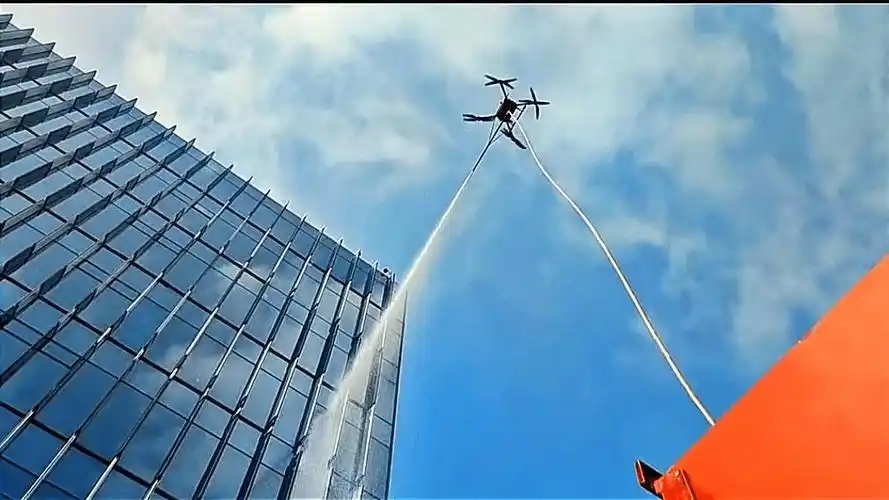
In the heart of modern cities, skyscrapers pierce the clouds, their sleek glass facades symbolizing progress and ambition. Yet behind these glittering exteriors lies a hidden challenge: keeping them clean, safe, and pristine. Traditional methods—relying on human workers suspended by ropes or cradles—are not only perilous but increasingly impractical amid growing urban density, stricter safety regulations, and rising labor costs. Enter a transformative solution: autonomous drones engineered specifically for high-rise glass cleaning. These aerial workhorses are redefining what it means to maintain urban landmarks, blending cutting-edge technology with practical efficiency to tackle one of the most demanding tasks in modern infrastructure upkeep.
The Problem with “Old-School” Cleaning
High-rise exterior cleaning is a high-stakes operation. Workers face risks of falls, equipment malfunctions, and exposure to extreme weather—from scorching sun to icy winds. Even with harnesses and safety protocols, human error remains a constant threat. Meanwhile, the logistical hurdles are significant: scheduling access to tall buildings, coordinating ground crews, and ensuring consistent cleaning quality across vast vertical surfaces (some spanning hundreds of meters) strains time and resources. For building managers, the cost of downtime—whether due to safety delays or subpar results—can escalate quickly.
Enter the Cleaning Drone: A New Paradigm
Designed from the ground up for vertical environments, these drones are more than just “flying robots”; they are precision tools optimized for the unique demands of glass facade maintenance. Let’s break down their key innovations:
1. Intelligent Sensing & Navigation
At the core of these drones lies a suite of advanced sensors—LiDAR, 3D vision cameras, and ultrasonic detectors—that create a real-time “map” of the building’s surface. This allows the drone to detect micro-irregularities (e.g., cracks, protruding fixtures, or uneven glass panels) and adjust its flight path dynamically. Unlike older models that relied on pre-programmed routes, modern cleaning drones use adaptive navigation: as they clean, they continuously analyze the facade, avoiding obstacles like window frames, antennas, or even bird nests. This ensures safe, collision-free operation even on irregularly shaped buildings.
2. Specialized Cleaning Payloads
The “business end” of these drones is their modular cleaning system. A combination of soft microfiber brushes (gentle on glass but tough on grime), electrostatic wands (to repel dust post-cleaning), and precision nozzles (for eco-friendly, biodegradable cleaning solutions) replaces the manual scrubbing once done by workers. Some models even integrate AI-driven “stain recognition”—using cameras to identify stubborn marks (e.g., bird droppings, water spots) and adjusting pressure or solution flow to target them directly. This not only improves cleanliness but also reduces chemical usage by up to 40% compared to traditional methods.
3. Uncompromising Safety Features
Safety is non-negotiable in urban airspace. These drones are equipped with redundant systems: dual batteries prevent mid-air power failures; collision-avoidance tech detects and dodges unexpected obstacles (e.g., drones, birds, or construction equipment); and geofencing ensures they stay within pre-approved flight zones. Additionally, they operate at low altitudes (typically 1–5 meters from the facade) and at speeds calibrated to avoid wind turbulence that could destabilize the aircraft. For added peace of mind, ground control stations provide live telemetry, allowing operators to monitor the drone’s status, battery life, and cleaning progress in real time.
4. Efficiency Redefined
Time is money, and these drones deliver. Where a human crew might take 8–12 hours to clean a 50-story building’s facade, a team of two cleaning drones can complete the same task in 2–3 hours. Their ability to work around the clock (with night modes for reduced noise and light pollution) further accelerates turnaround times. For building managers, this means less disruption to tenants, lower labor costs, and the ability to maintain pristine exteriors more frequently—critical for preserving a property’s aesthetic and market value.
Beyond Cleaning: Scalability and Sustainability
The potential of these drones extends beyond routine maintenance. Their modular design allows for easy adaptation to other vertical tasks: inspecting solar panels on rooftops, monitoring facade cracks for early detection, or even applying anti-corrosive coatings. As urban skylines grow taller and smarter, these drones are poised to become integral to “smart city” ecosystems—integrating with building management systems (BMS) to schedule cleanings based on weather forecasts, air quality data, or foot traffic patterns.
Moreover, their eco-credentials align with global sustainability goals. By reducing water usage (some models use 90% less water than traditional pressure washing), minimizing chemical runoff, and lowering carbon emissions (via electric propulsion), they support green building certifications like LEED and BREEAM.
The Future is Vertical
As technology advances, so too will the capabilities of high-rise cleaning drones. Expect improvements in battery life (enabling longer flights), AI-driven autonomy (reducing the need for human operators), and even lighter, more durable materials (to withstand harsh weather). For now, one thing is clear: these drones are not just replacing old methods—they are setting a new standard for safety, efficiency, and sustainability in urban infrastructure maintenance.
In a world where cities continue to reach for the sky, the drones that clean their faces are more than tools—they are partners in progress, ensuring that the urban landscape remains both awe-inspiring and functional for generations to come.
THE END

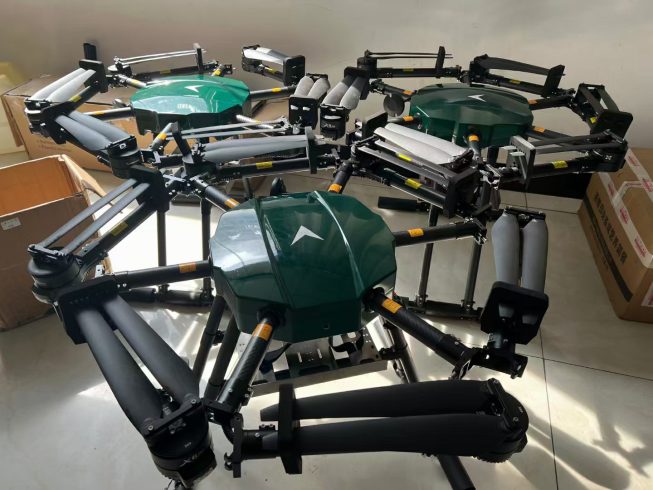
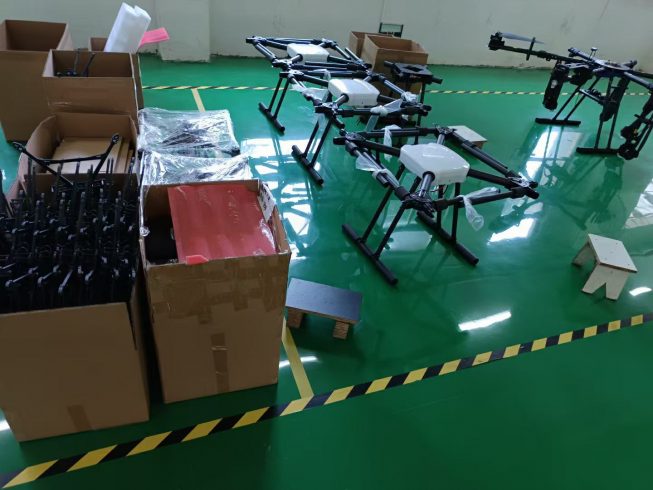
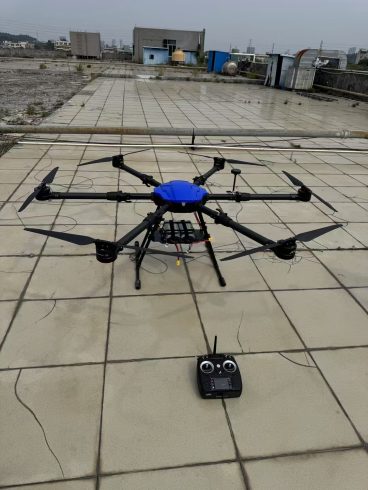
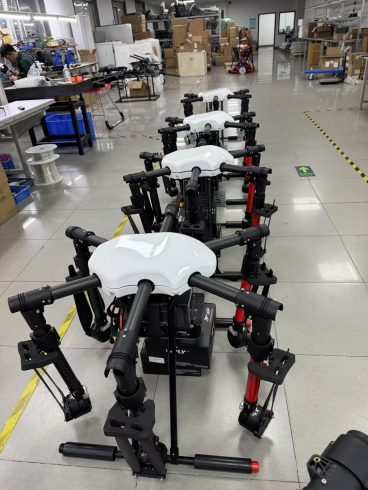
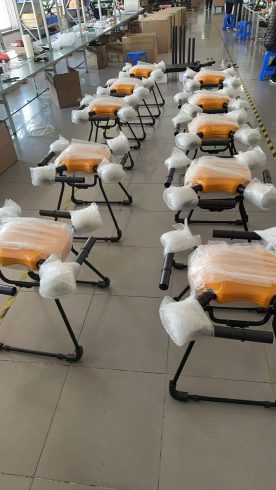
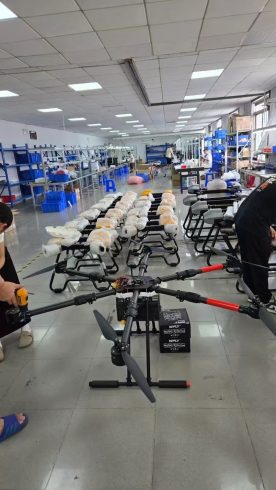
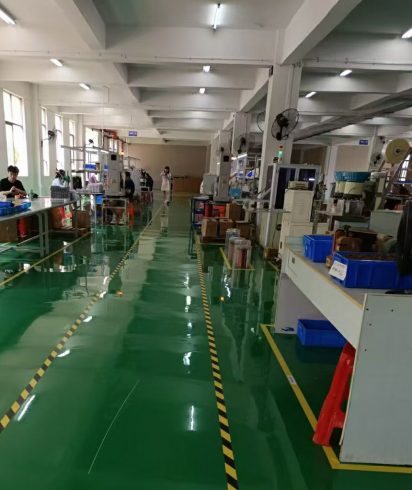
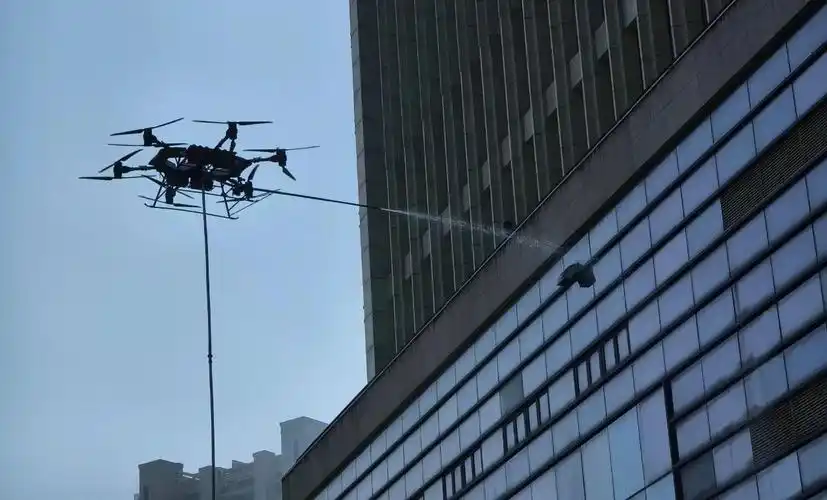

暂无评论内容